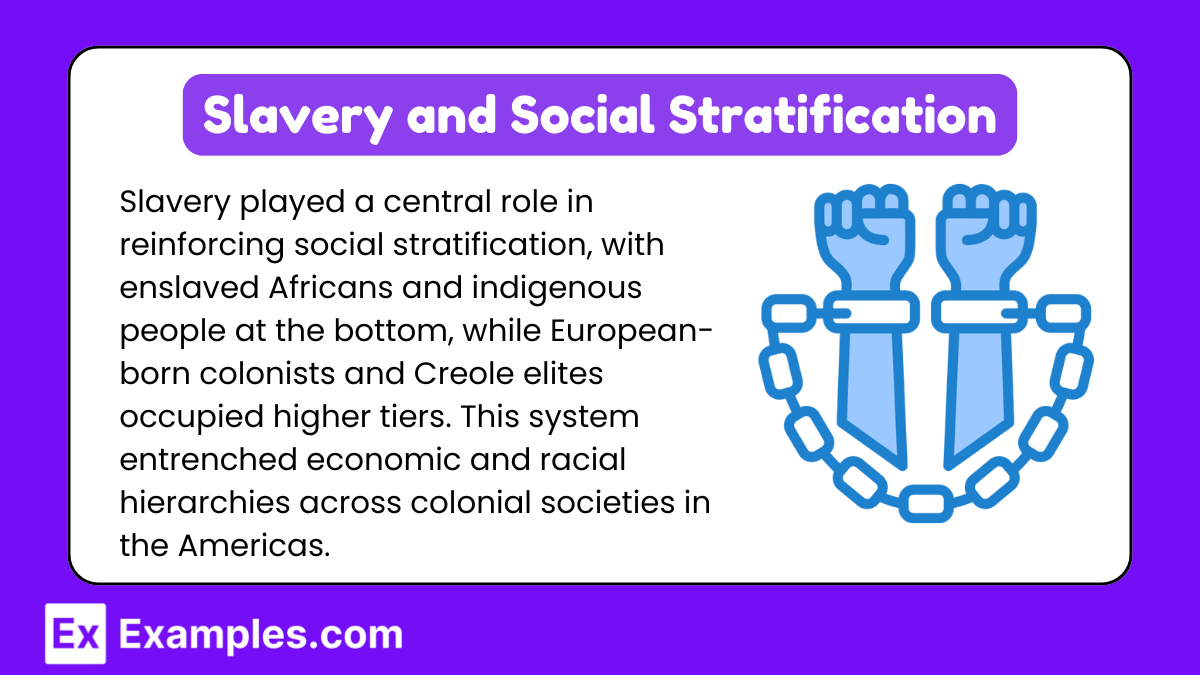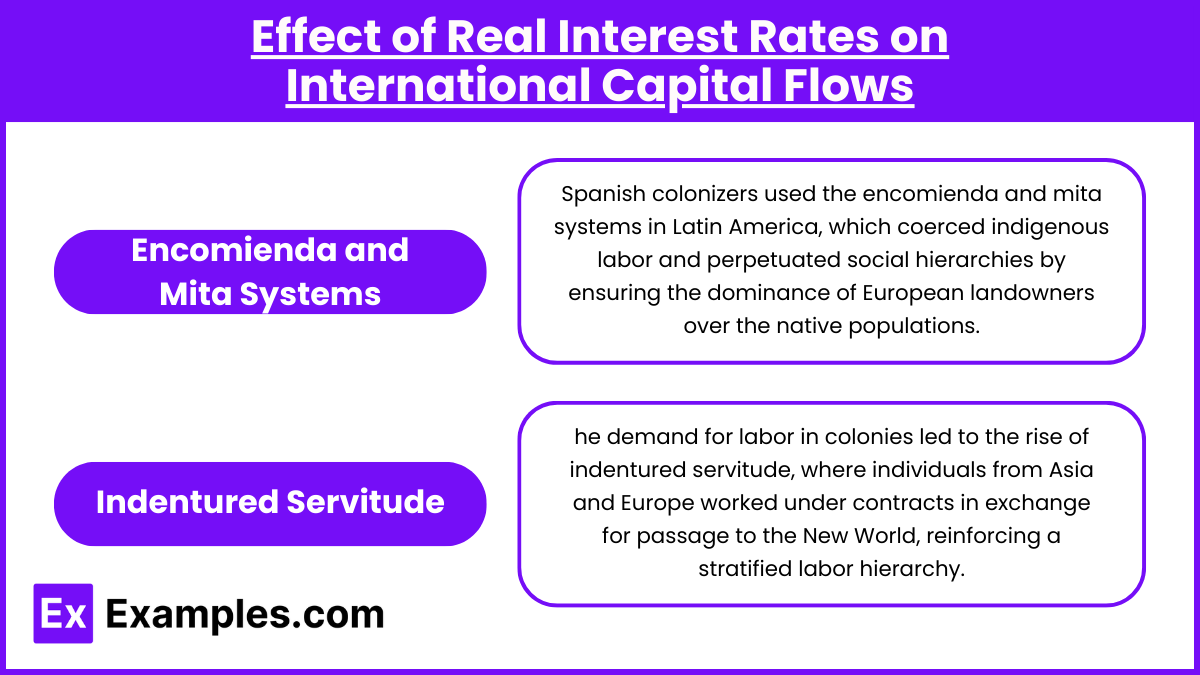The spread of empires from the 15th to the 19th century profoundly transformed social hierarchies worldwide. As empires expanded, they imposed racial, economic, gender, and religious structures, often reinforcing inequalities. Colonialism, slavery, economic systems, and religious influences played crucial roles in shaping and redefining power dynamics, creating long-lasting impacts on societies that persist today.
Learning Objective
In studying “Changes to Social Hierarchies Linked to the Spread of Empires” for AP World History: Modern, you should learn to identify how imperial expansion altered existing social structures, often reinforcing racial, ethnic, and class distinctions. Analyze the role of colonization in reshaping power dynamics within both imperial and colonized societies, and evaluate how social hierarchies evolved due to the exploitation of labor, the creation of new elites, and the displacement of indigenous populations. Additionally, explore the long-term effects of these changes on global inequality, social mobility, and resistance movements.
1.Impact of Colonialism on Social Hierarchies

- European Dominance: The rise of European colonial empires introduced European social norms and hierarchies in colonies, often placing Europeans at the top of the social ladder. Colonized populations, including indigenous people and slaves, were often placed at the bottom.
- Creole Elites: In the Americas, colonial societies developed a class of Creoles (people of European descent born in the colonies) who occupied a higher social status than the indigenous people and African slaves but were still below European-born colonists.
- Caste Systems: The Spanish and Portuguese established a complex caste system in Latin America, such as the Sistema de Castas, which categorized people based on their racial ancestry, determining their rights, privileges, and social status.
2. Slavery and Social Stratification

Slavery played a central role in reinforcing social stratification, with enslaved Africans and indigenous people at the bottom, while European-born colonists and Creole elites occupied higher tiers. This system entrenched economic and racial hierarchies across colonial societies in the Americas.
- Transatlantic Slave Trade: The forced migration of millions of Africans to the Americas reshaped social structures, creating a rigid racial hierarchy where African slaves were placed at the bottom, treated as property, and subjected to harsh conditions.
- Social Impact on Africa: The slave trade altered African social hierarchies, with certain groups gaining wealth and power by capturing and selling slaves to European traders, often leading to increased inequality and social stratification within African societies.
- Social Mobility: Slavery’s abolition in the 19th century began altering these hierarchies, but former slaves and their descendants often continued to face legal and social discrimination.
3. Economic Systems and Labor Hierarchies

- Encomienda and Mita Systems: Spanish colonizers used the encomienda and mita systems in Latin America, which coerced indigenous labor and perpetuated social hierarchies by ensuring the dominance of European landowners over the native populations.
- Indentured Servitude: The demand for labor in colonies led to the rise of indentured servitude, where individuals from Asia and Europe worked under contracts in exchange for passage to the New World, reinforcing a stratified labor hierarchy.
4. Religious Influence on Social Hierarchies

- Religious Conversion and Status: The spread of Christianity and Islam through imperial expansion often altered existing social hierarchies. For instance, conversion to Islam could offer a pathway to upward mobility in the Ottoman Empire, while Christian missionaries in Africa and the Americas aimed to convert indigenous populations, sometimes granting converts a higher status.
- The Casta System and Religion: In Spanish America, the Catholic Church played a role in reinforcing social hierarchies, often supporting the dominance of Europeans while providing limited protection to indigenous and mixed-race populations.
Examples
Example 1: Spanish Casta System in Latin America
The Spanish colonial empire imposed the Sistema de Castas, categorizing people based on racial ancestry. This system institutionalized racial hierarchies, favoring Europeans and marginalizing indigenous and African populations.
Example 2: Transatlantic Slave Trade’s Impact on the Americas
The forced migration of Africans to the Americas created a racial hierarchy with Europeans at the top and Africans enslaved at the bottom, establishing a rigid, race-based social structure.
Example 3: British Colonial Rule in India
British colonialism reinforced and altered India’s caste system, favoring upper-caste Indians and Europeans, while treating lower castes and marginalized communities as inferior, deepening social stratification.
Example 4: Creole Ascendancy in Spanish America
Creoles, or European descendants born in the Americas, gained wealth and power, but were still below Peninsulares (European-born colonists), creating a distinct colonial hierarchy based on birthplace.
Example 5: Islamic Influence in the Ottoman Empire
The Ottoman Empire’s millet system granted autonomy to religious communities but placed Muslims above Christians and Jews, reinforcing religious hierarchies within a diverse, multi-ethnic empire.
MCQs
Question 1
Which of the following best describes the impact of the encomienda system on social hierarchies in Latin America?
A) It created an equal society where all individuals had similar rights.
B) It placed Europeans in dominant positions over indigenous people, establishing a rigid social hierarchy.
C) It abolished social distinctions between different racial groups.
D) It empowered indigenous communities to own and control land.
Answer: B) It placed Europeans in dominant positions over indigenous people, establishing a rigid social hierarchy.
Explanation:
The encomienda system was a labor system used by Spanish colonizers, granting European landowners control over indigenous labor. This system placed Europeans at the top of the social hierarchy while exploiting indigenous people, reinforcing social inequalities and creating a structure where Europeans maintained dominance over native populations.
Question 2
How did the transatlantic slave trade contribute to the development of social hierarchies in the Americas?
A) It created a merit-based society where individuals could rise to higher social positions.
B) It resulted in the integration of Africans as equals in colonial societies.
C) It established a rigid, race-based hierarchy with Africans placed at the lowest social tier.
D) It allowed Africans to gain political power and influence.
Answer: C) It established a rigid, race-based hierarchy with Africans placed at the lowest social tier.
Explanation:
The transatlantic slave trade forcibly transported millions of Africans to the Americas, where they were enslaved and treated as property. This created a strict racial hierarchy, with Europeans at the top and enslaved Africans at the bottom, leading to a deeply entrenched social system based on race.
Question 3
Which of the following changes occurred in India’s social hierarchy under British colonial rule?
A) The British entirely dismantled the caste system, promoting social equality.
B) The British strengthened and codified the caste system, favoring upper-caste Indians.
C) The British abolished all forms of social distinction and hierarchy.
D) The British allowed lower-caste Indians to gain equal political representation.
Answer: B) The British strengthened and codified the caste system, favoring upper-caste Indians.
Explanation:
During British colonial rule, the caste system became more rigid and institutionalized. The British favored upper-caste Indians for administrative roles, reinforcing caste distinctions and deepening social stratification. This led to increased social inequality, as lower-caste groups faced discrimination and limited opportunities for advancement.


